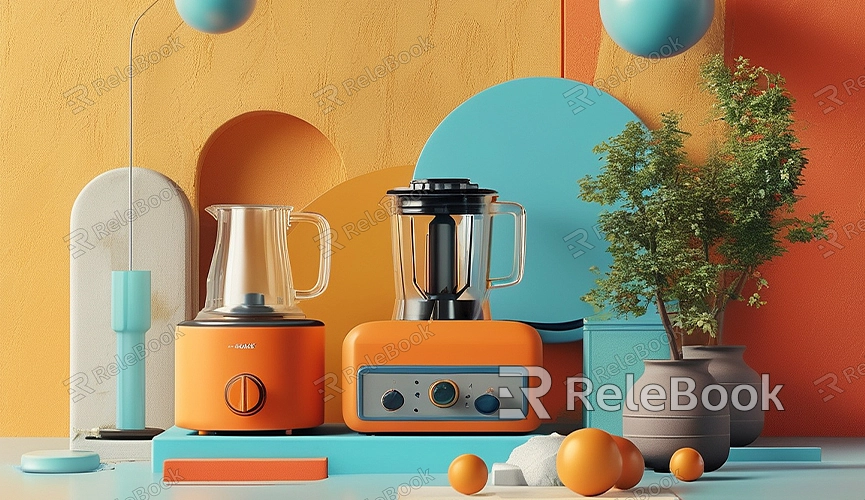How to put unifrom light blender render
Blender is a powerful 3D modeling and rendering software widely used in animation, game design, and film production. In 3D rendering, the setup of lighting is crucial for achieving the final effect. This guide will detail how to set up uniform lighting in Blender to enhance the realism and aesthetic of your renders.
Choose the Right Light Type
Blender offers various types of lights, including point lights, directional lights, spotlights, and ambient lights. For setting up uniform lighting, ambient light and area light are two good choices.

Ambient Light
Ambient light is a global light source that can evenly illuminate the entire scene. Its setup is relatively simple but can lack detail. It is suitable for lighting large areas.
Area Light
Area light is a directional light source that can simulate real-world sunlight or indoor lighting. By adjusting the size and intensity of the light source, you can achieve more natural light and shadow effects.
Set Up Light Parameters
Blender provides flexible light parameter settings. You can adjust the light's color, intensity, position, and direction according to your needs.
Adjust Light Color
In the light settings panel, you can choose the color of the light. For uniform lighting, it is recommended to select a soft white or light yellow color to mimic natural light.
Set Light Intensity
The intensity of the light determines the brightness of the illumination. In ambient light settings, you can control the scene's brightness by adjusting the "Intensity" parameter. For area lights, adjust the "Power" parameter to control intensity.

Determine Light Position
The position of the light greatly affects the lighting effect. In Blender, you can adjust the direction and range of the light by moving and rotating the light source. It is advisable to place the light source above or to the side of the scene to simulate natural lighting angles.
Adjust Light Size
For area lights, you can control the light's area by adjusting the "Size" parameter. Larger lights produce softer shadows, while smaller lights create sharper shadows.
Use HDRI Textures
HDRI (High Dynamic Range Imaging) textures are a high-quality environmental lighting technique that can simulate realistic lighting effects. In Blender, adding an HDRI texture can create uniform lighting in your scene.
Add HDRI Texture
In Blender's "World" settings panel, select the "Surface" tab and then click on "Color" to choose "Environment Texture." Load your HDRI texture. HDRI textures can be downloaded online or captured and created yourself.
Adjust HDRI Texture Parameters
After loading the HDRI texture, adjust the "Strength" parameter to control the lighting brightness. You can also rotate the HDRI texture to change the light direction and achieve more natural lighting effects.
Rendering Settings
After setting up your lighting, you need to make some rendering adjustments to ensure the final result meets your expectations.
Enable Shadows
In the rendering settings panel, make sure the "Shadows" option is enabled. This will generate realistic shadow effects during rendering, making the scene more lifelike.
Adjust Sampling Rate
The sampling rate determines the quality and speed of the rendering. Higher sampling rates improve render detail but also increase render time. Choose a suitable sampling rate based on the complexity of your scene.
Use Denoising
Denoising can remove noise from the render, making the image clearer. In Blender, enable the "Denoising" option and select an appropriate denoising algorithm to enhance render quality.
By setting up lighting correctly and adjusting rendering settings, you can achieve uniform lighting effects in Blender that make your 3D models and scenes look more realistic and visually appealing. If you need high-quality 3D textures and HDRI, or 3D model downloads for creating models and virtual scenes, you can get them from Relebook. After downloading, simply import the textures and 3D models into your project. We hope this guide helps you better understand and apply lighting setups in Blender to improve your rendering results.

